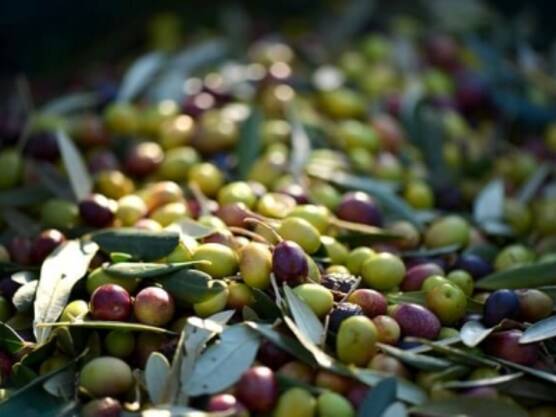- [email protected]
- Availability Location: Greece

The olive tree has emerged since antiquity and is considered one of the most important trees as it has given human food. For the Greeks in particular, it is considered a tree of the highest importance, since its origin is found in ancient Greece. So people, using its fruits, produced olive oil, discovering its various uses and its valuable value.
However, olive oil production methods have changed over the centuries due to the ever-evolving technology. In the past, although people did not have the proper means, olive oil production followed an integrated process, which is listed below. Initially, they picked the olives with their

hands, shaking the trees and spreading them to dry them out and not be damaged by heat. The branches and leaves of the trees were removed, while at night the fruits were covered with salt and placed in a specific type of mills. These were mills consisting of a millstone, which turned and rolled over a stone basin containing the olives. Thus, the process of crushing the olive with the aim of producing the oil was achieved. However, this technique proved to be inadequate because, along with the olive flesh, the pits were crushed, causing the olive oil to spoil. For this reason, the Greeks discovered a new type of mill, the Trapitis, where a pair of millstones were turned around a fixed beam, resting in the middle of the basin, containing the olives. With this machine, the flesh was crushed with the olive pumice and the juice was separated. After the first crushing, the slurry was immersed in hot water and subjected to a second pressure by the crushing press. The oil, along with the resulting juices, was concentrated in vessels to "rest". Between the first and second crushing stages, the slurry was placed in a rug (located just above the ground) to remove the bitter part. In each case of crushing, different grades of oil were produced, intended for a variety of uses (cooking, healing, etc.).
However, over the years, the methods of producing olive oil have changed spectacular. In modern times, fruit harvesting can be done by special machines, by shaking the tree with a stick and also by hand. After harvest, the olives are transported as soon as possible to special processing plants. The shipment is carried

out with plastic trays with ventilation holes to prevent the fermentation and mold growth. The olives then enter the olive mill, where they are emptied into a metal funnel and driven to the degenerate. There, the air separate the leaves from the fruits, which continue their journey to produce olive oil. This is followed by the washing process of the fruits to be cleaned of foreign materials (dirt, dust).
Then, the nuts are ground in a metal grinder, hammer or saw blade. After milling, the oil is mixed in the softener with the addition of hot water. In this process, the olive oil separates and rises slowly to the surface as its drops are joined and differentiated from the olive mass. At the final stage of centrifugation, the precious olive oil is removed, as it is completely separated from the olive kernel and moisture. Its color is cloudy because its substances are still mixed and unfiltered.